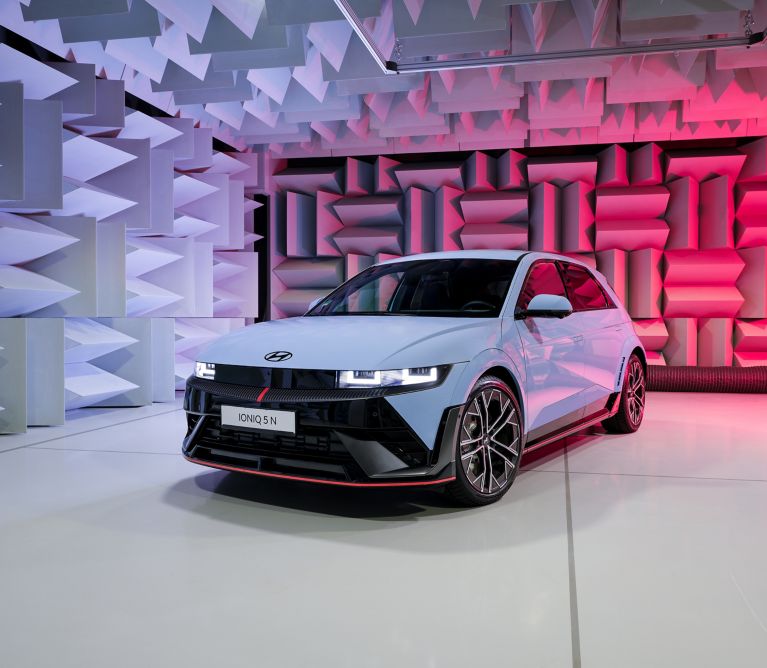Press material
-
Download
-
Images
Enter the world of sound design – a subtle factor that subconsciously shapes our entire sensory experience. In the automotive industry, sound design emerges as a pivotal player that influences functionality, safety, and customer experience. Engine sounds are more than just mechanical hums; they convey power and performance. Alerts are not only signals but also audio cues that enhance awareness. Even the subtle sound of tyres on the road contributes to an immersive journey.
When talking about cars, sound design is a storyteller that shapes narratives on the road, influences emotions, and elevates the overall drive experience. Sound becomes a soundtrack, transforming each drive into a captivating performance from point A to point B.
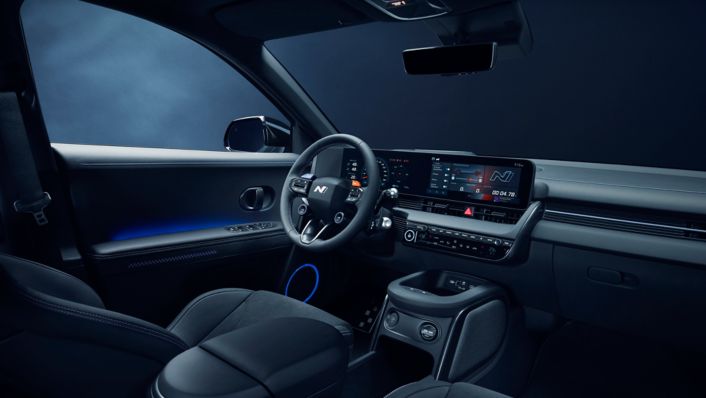
Electric car sound
As electric cars continue to become more popular, the absence of internal combustion engines has given rise to a challenge and opportunity: the necessity for sound design tailored specifically for electric cars. Recognising this, automakers have been investing in sound design to create electric car sound that not only adheres to safety regulations but also enriches the overall driving experience.
The sound produced by the engine of electric cars is directly correlated with the speed generated by their single-gear transmissions. In comparison to their petrol-fuelled counterparts, the engine noise of electric cars is characterised by a more uniform pitch.
This monotony in sound, however, is a drawback. As the overall noise levels of electric cars are much lower – considering the absence of engine noise, the primary sources of sound are the motor whine, wind, and road noise. Notably, accelerating in an electric car is quieter, lacking the audible cues that typically evoke emotions associated with driving fast. For certain drivers, the absence of sound-induced emotions contributes to a reduced sense of feedback and engagement in the driving experience.
What does an electric car sound like?
In electric car sound design, engineers and experts craft a variety of artificial sounds that extend far beyond the hum of propulsion. One facet is creating alerts and warnings designed to enhance safety in public spaces. At low speeds, electric cars are virtually silent, prompting the need for discrete yet attention-grabbing sounds to alert pedestrians and cyclists to their presence. These warning sounds serve as a safeguard in environments where ambient noise may mask the approach of an otherwise silent electric car.
Beyond safety considerations, sound designers are delving into the realm of stirring emotions, recognising the potential to elevate the driving experience through carefully curated auditory elements. The challenges of infusing more emotions into electric cars lie in striking the delicate balance between innovation and familiarity. The blend of acceleration tones, deceleration murmurs, and simulating motor braking aims not only to provide drivers with functional feedback about performance and responsiveness but also to evoke a sense of connection between the driver and car. This intentional fusion of engineering and emotion marks a departure from the traditional revving engines of internal combustion vehicles and serves to provide a heightened sense of control and confidence behind the wheel.
The introduction of welcome and farewell sounds further underscores the commitment to creating a holistic and memorable driving experience. These bespoke auditory cues serve as a personalised touch, greeting the driver upon entry and signalling farewell when the journey concludes. The development of such sounds is transforming the act of driving into a fully sensory journey.
Engineers and designers not only adhere to regulatory requirements; they also shape an auditory landscape that mirrors the future of mobility. As the electric revolution charges ahead, the soundscape of our streets is becoming a canvas for safety, innovation, and emotions.
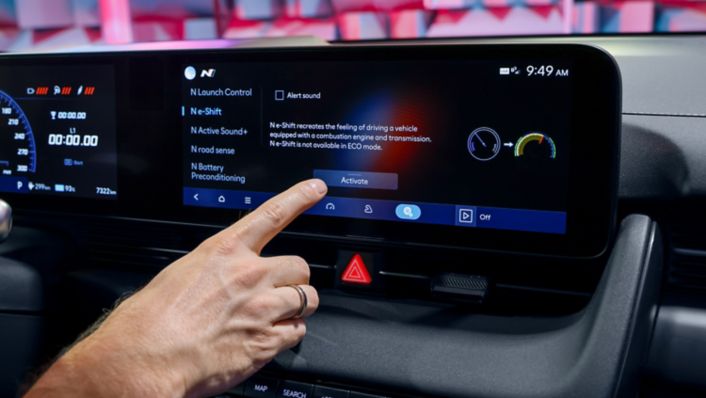
Hyundai driving emotions: N Active Sound +
Automakers are developing technologies that can drive deep emotions, making electric cars not just a sustainable mode of transportation but an immersive and exhilarating experience. Hyundai Motor is doing this in the all-new IONIQ 5 N with its innovative N Active Sound +. The technology delivers a more captivating sound experience for improved decision-making and driving fun.
At the Sound Research Lab, we immerse ourselves in the world of automotive sound design, utilising cutting-edge technologies like driving simulators and virtual reality to develop the latest innovations. We are deeply motivated to deliver a satisfying auditory experience for drivers worldwide.
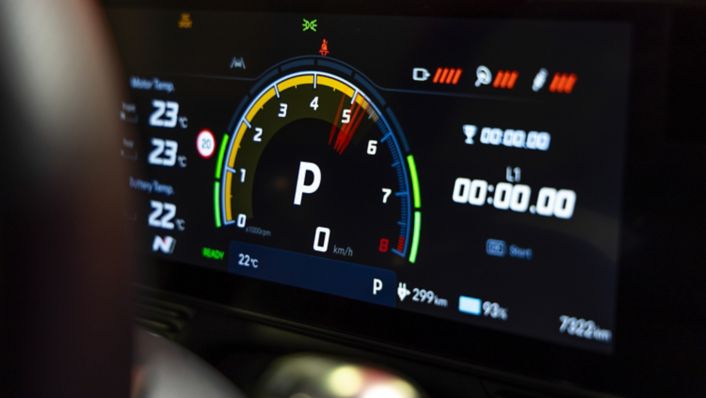
N Active Sound + enhances the electric car driving experience by offering a sonic reference point with 3 available sound styles for the car. In addition to generating a futuristic electric car sound, this feature goes the extra mile by integrating the familiar engine and exhaust noises typically associated with petrol-fuelled cars. The technology produces varied noises depending on the users’ preferences.
The functionality of N Active Sound + is based on providing intuitive auditory feedback directly corresponding to the motor torque output. IONIQ 5 N employs an electric car sound emitter, consisting of eight internal and two external speakers. This set-up enables drivers to better gauge the amount of power being harnessed during their driving experience.
Through N Active Sound +, Hyundai also offers customers a choice, catering to both speed enthusiasts and those who prefer a quieter driving experience. The availability of these sound options is aimed at providing customers with a personalised and engaging driving experience.
- The first sound option, “Ignition”, pays homage to Hyundai N’s sound heritage, N being part of Hyundai’s sporty line. It features a realistic rendition of the high-performance N engine sound, incorporating backfire, bubbling, and gear bang sounds, electrifying the iconic muffler sound associated with N engines. Utilizing N e-Shift presents a notable innovation tailored for electric vehicles (EVs) equipped with motor/reducer systems, striving to mimic the feeling of shifting gears commonly linked with internal combustion engine (ICE) cars equipped with transmissions.
- “Evolution”, the second sound, draws inspiration from the RN22e rolling lab from 2022 and the Hyundai N 2025 Vision Gran Turismo concept car from 2015. It presents a high-performance electric soundscape, with fast cornering emphasised by a lateral sound effect.
- The third and final sound option, “Supersonic”, delivers a unique sound experience inspired by a jet, incorporating a sonic boom as a distinctive “fun to drive” sound effect during gear shifts.
Additionally, customers have the option to tailor their in-car sound experience to their preferences. They can customise by activating or deactivating the exterior speaker output and various sound effects. The volume for each sound signature is adjustable, ranging from subtle tones to a realistic race car experience. On top of this, sound levels are amplified in N Mode, while they are reduced in Eco Mode, offering a dynamic audio experience across different driving modes.
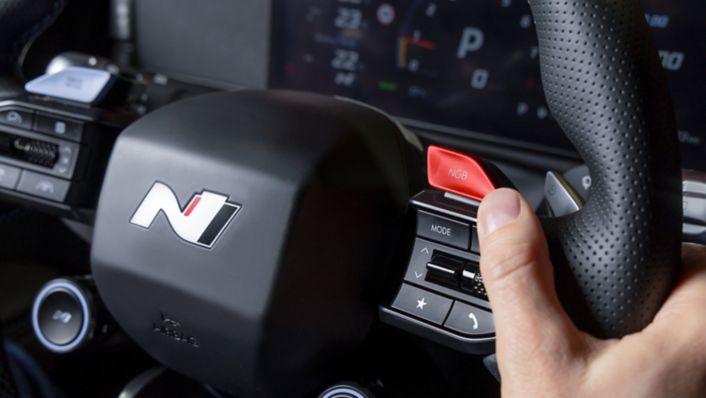
Boost acceleration to the maximum with a 10-second power increment with N Grin Boost (NGB), accompanied by faster response
The future of automotive sound design
As the automotive industry continues to evolve, the importance of sound design becomes increasingly evident – not only influencing how drivers interact with their cars but also shaping the future of mobility. “The quiet operation of electric cars presents a challenge and an opportunity. While some customers appreciate the low levels of sound pressure inside the cabin, others want dedicated acoustic feedback to underline emotion, driving fun, and engagement. Therefore, crafting artificial sounds for electric cars is a chance for us to meet all emerging customer demands with innovative and creative solutions,” said Dr Oliver Jung, Expert Sound Designer at HMETC in Germany.
The soundscape of electric cars will mirror the ever-changing realm of innovation and the evolving relationship between driver and car. As vehicles become more than modes of transportation, the future of automotive sound design lies in the curation of sound to promise a dynamic and immersive driving experience.

